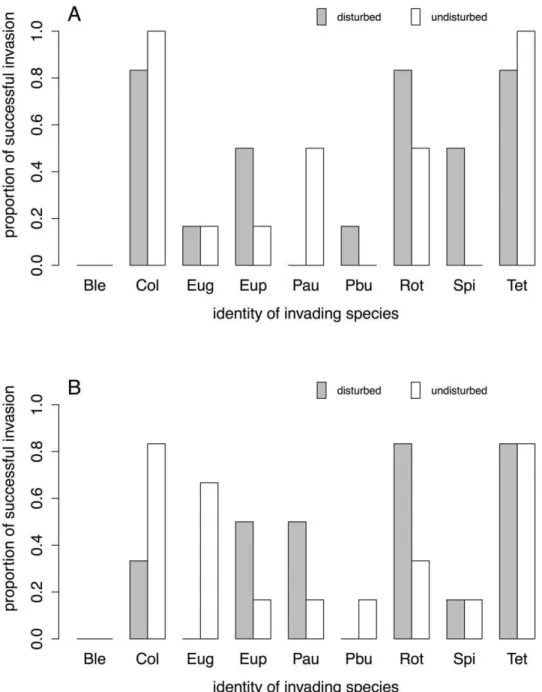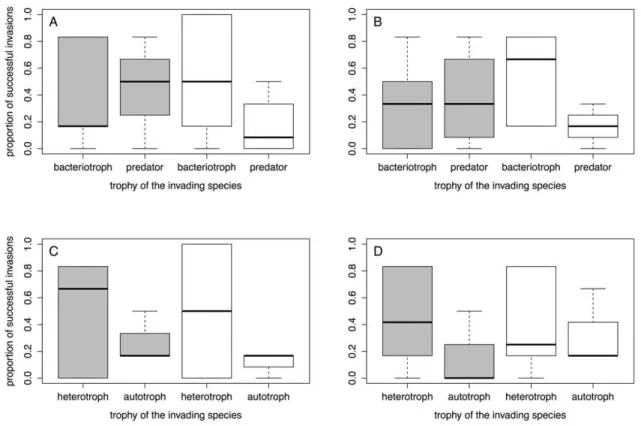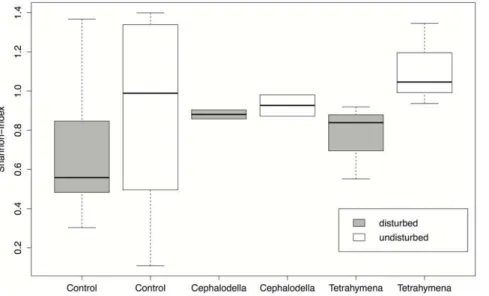Interaction of species traits and environmental disturbance predicts invasion success of aquatic microorganisms.
Texto
Imagem




Documentos relacionados
The probability of attending school four our group of interest in this region increased by 6.5 percentage points after the expansion of the Bolsa Família program in 2007 and
of SLA as a guide to understanding forest changes, this paper aimed to determine the influence of the disturbance regime in the study areas on the SLA of understory species,
For this reason, the study aimed to compare and to correlate environmental factors, such as VVC, height and distance from water level, degree of disturbance and type of
O objetivo do presente estudo foi explorar a discriminação das vítimas de violência doméstica através de uma análise da infrahumanização, responsabilidade
With reference to employability, it strongly affects image in the two segments. However, for the small group of graduates of segment 1, the employability negatively
The final result of this interaction on the third trophic level, when the effects of host plant patch size and habitat on the herbivore and on its parasitoids
jejuni strains isolated from non-human primates during animal management in the Cecal/Fiocruz, RJ, was able to adhere to or invade HeLa cells.. The difference
In this context, the aim of this study was to evaluate the effect of inoculation of microorganisms (PGPB) on substrate used for seedlings of fruit species, verifying the